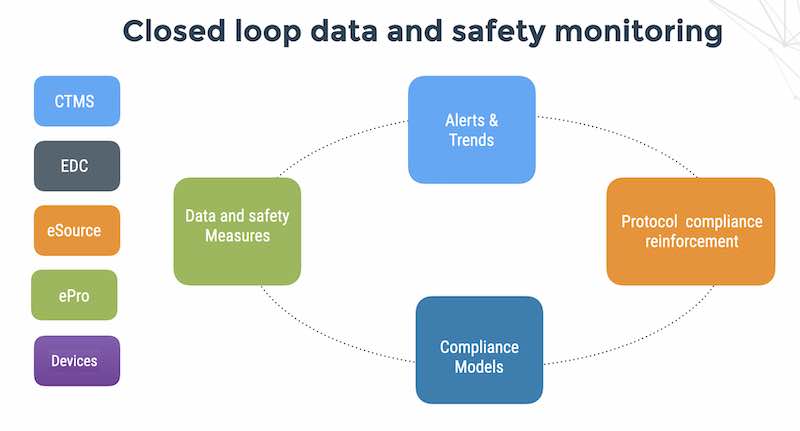I think that Data Loss Prevention is great way to detect and prevent payment card and PII data breaches.
Certainly, all the DLP vendors think so. Only problem is, the PCI DSS Council doesn’t even have DLP in their standard which pretty much guarantees zero regulatory tail wind for DLP sales to payment card industry players.
I’m actually impressed that Symantec didn’t manage to influence the PCI DSS council to include DLP in the standard. An impressive display of professional integrity and technology blindness.
A while back, we did a software security assessment for a player in the online transaction space.
When I asked the client and auditor what kind of real time data loss monitoring they have in place, just in case, they have a bug in their application and/or one of their business partners or trusted insiders steals data, the answers where like “umm, sounds like a good idea but it is not required by PCI DSS 2.0”
And indeed the client is correct.
PCI DSS 2.0 does not require outbound, real time or any other kind of data loss monitoring.
The phrases “real time” and “data loss” don’t appear in the standard. The authors of the standard like file-integrity monitoring but in an informal conversation with a PCI DSS official in the region, he confessed to not being familiar with DLP.
Here are a few PCI monitoring requirements.
None of these controls directly protect the the payment card from being breached. They are all indirect controls and very focused on external attackers – not on trusted insiders nor business partners.
- Use file-integrity monitoring or change-detection software on logs to ensure that existing log data cannot be changed without generating alerts (although new data being added should not cause an alert).
- If automated monitoring of wireless networks is utilized (for example, wireless IDS/IPS, NAC, etc.), verify the configuration will generate alerts to personnel.
- Deploy file-integrity monitoring tools to alert personnel to unauthorized modification of critical system files, configuration files, or content files; and configure the software to perform critical file comparisons at least weekly.
- Monitor and analyze security alerts and information, and distribute to appropriate personnel.
- Verify through observation and review of policies, that designated personnel are available for 24/7 incident response and monitoring coverage for any evidence of unauthorized activity, detection of unauthorized wireless access points, critical IDS alerts, and/or reports of unauthorized critical system or content file changes.
Oh man.





